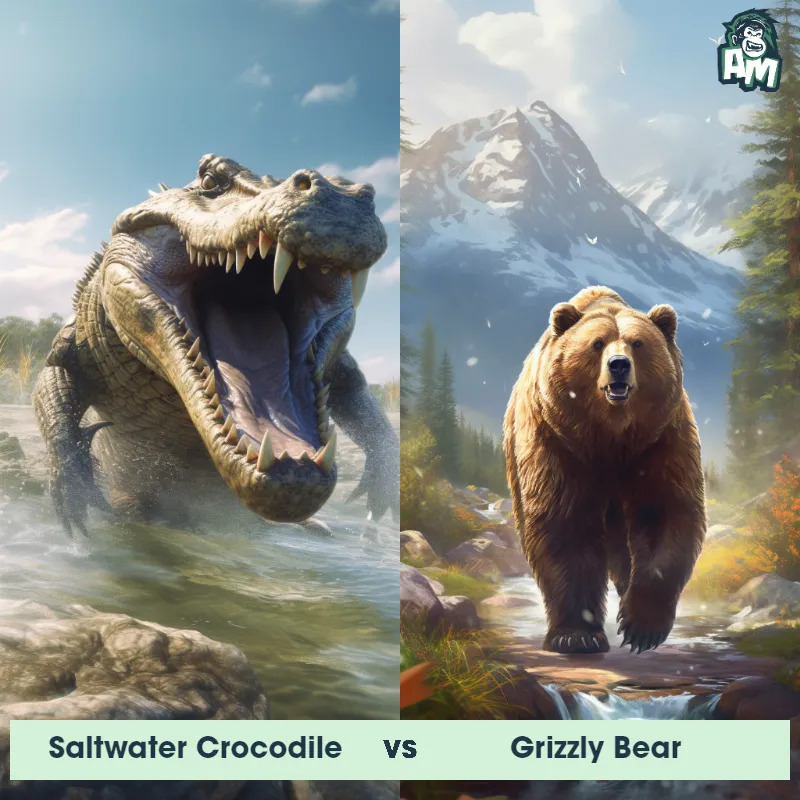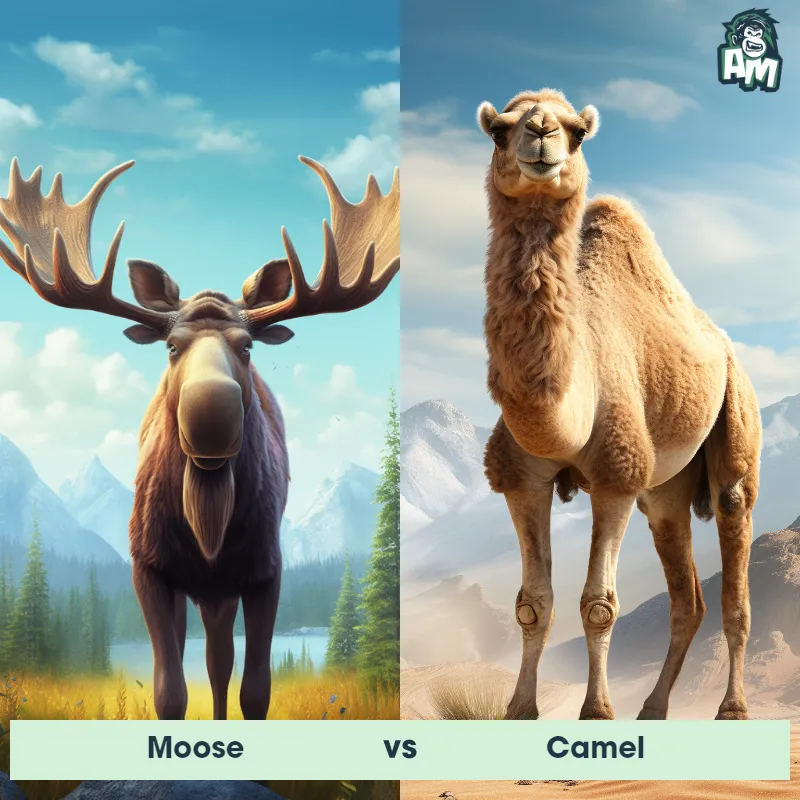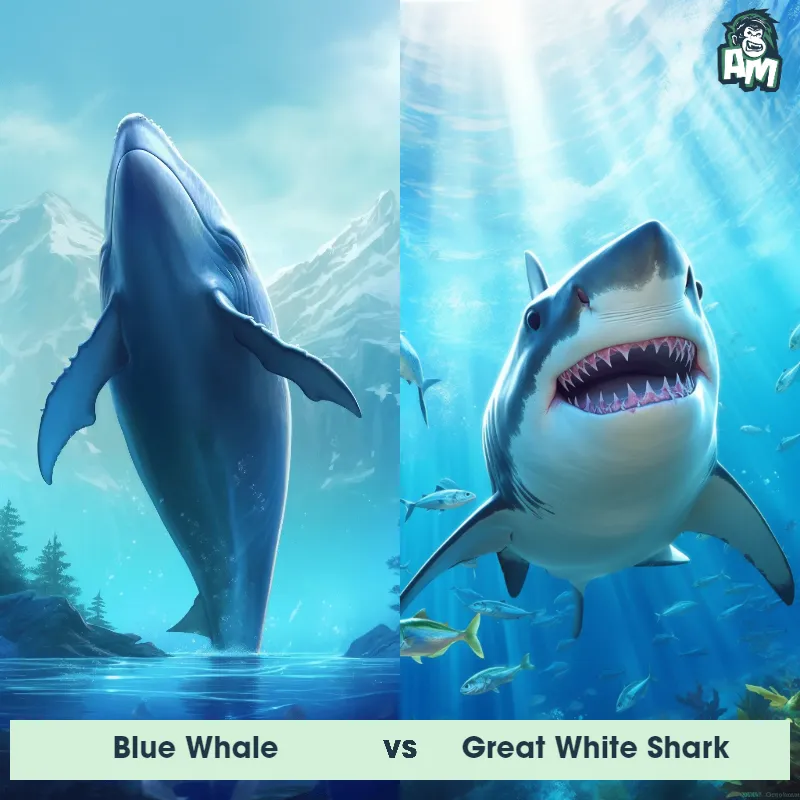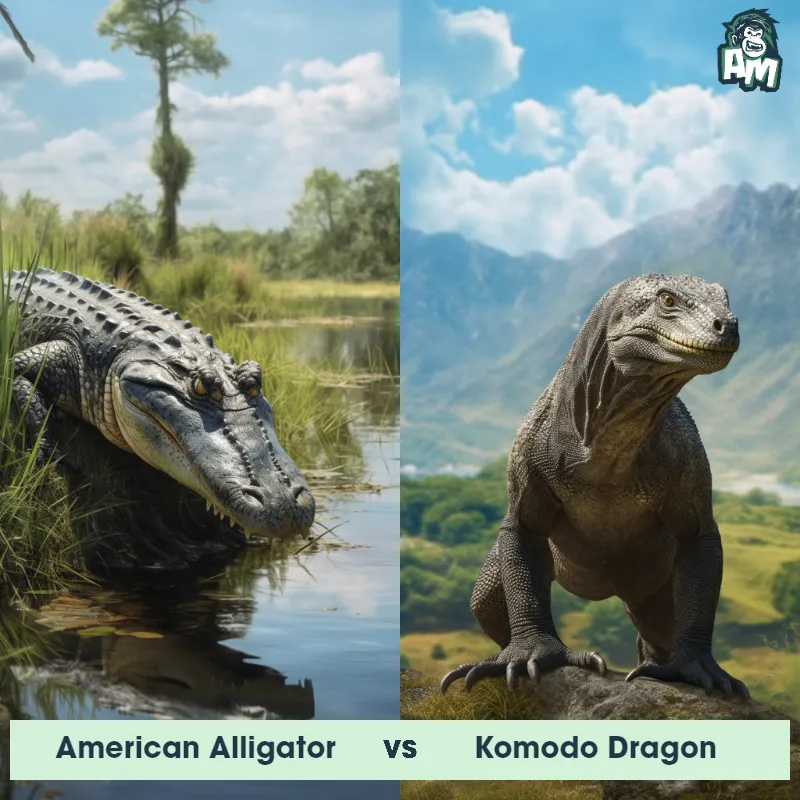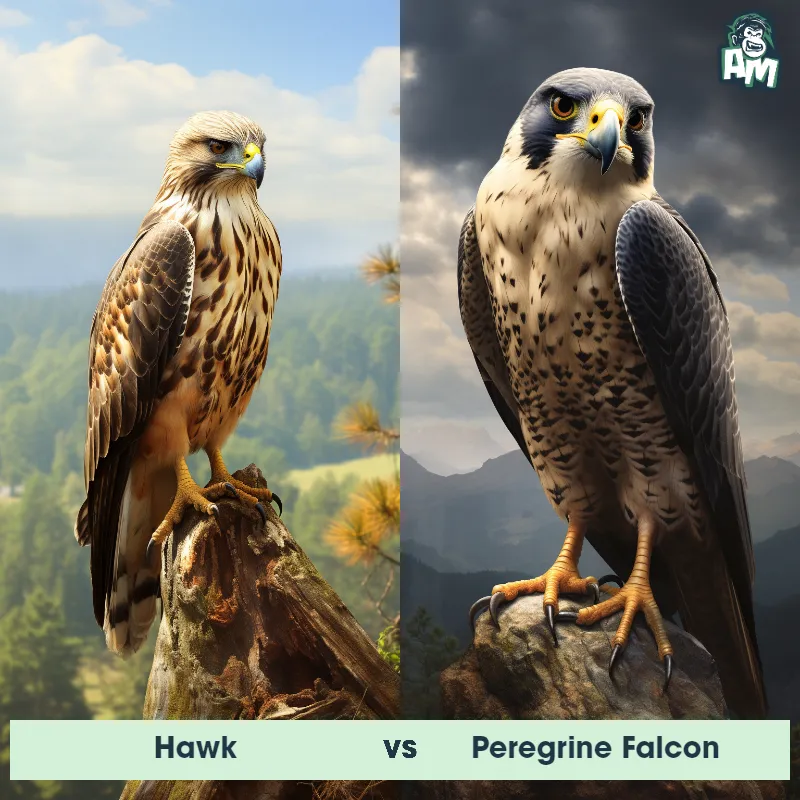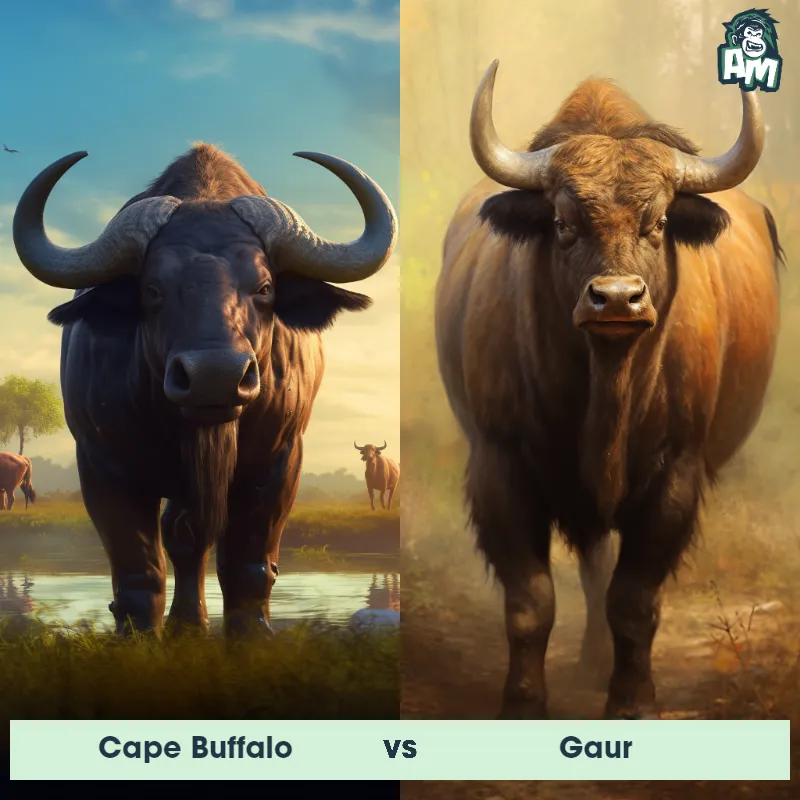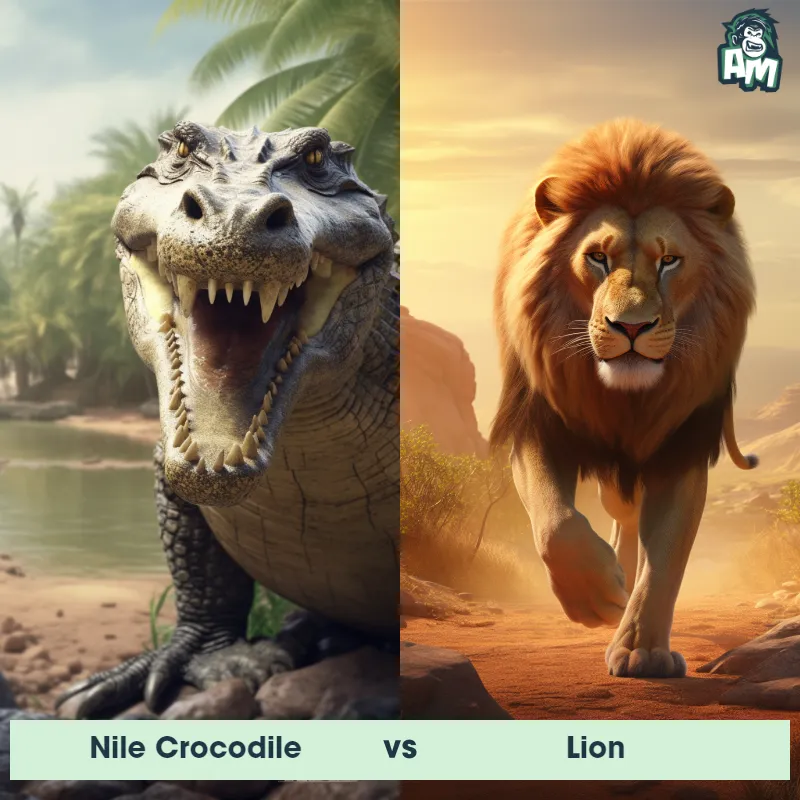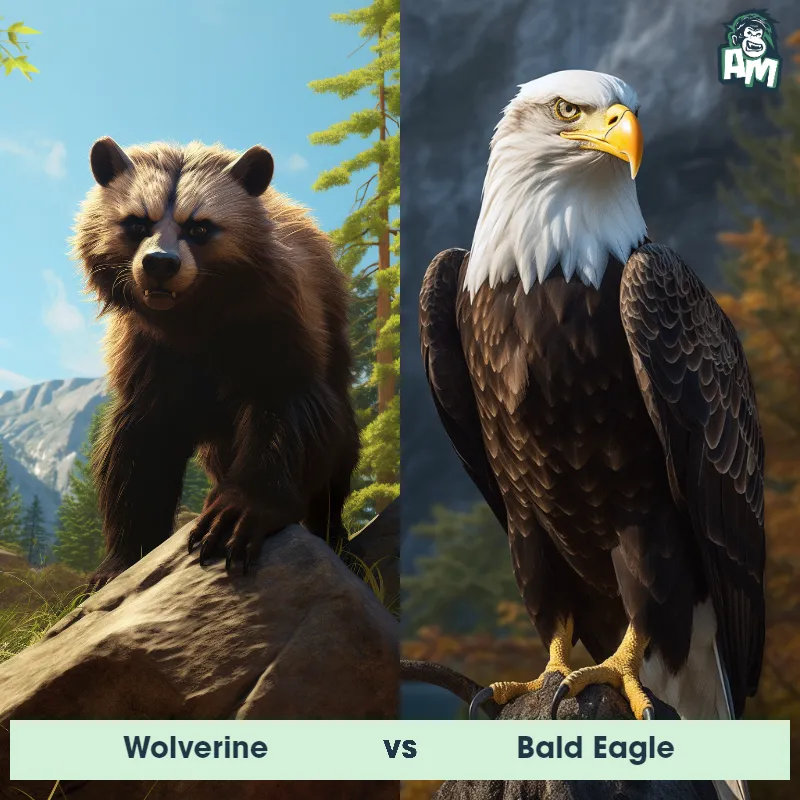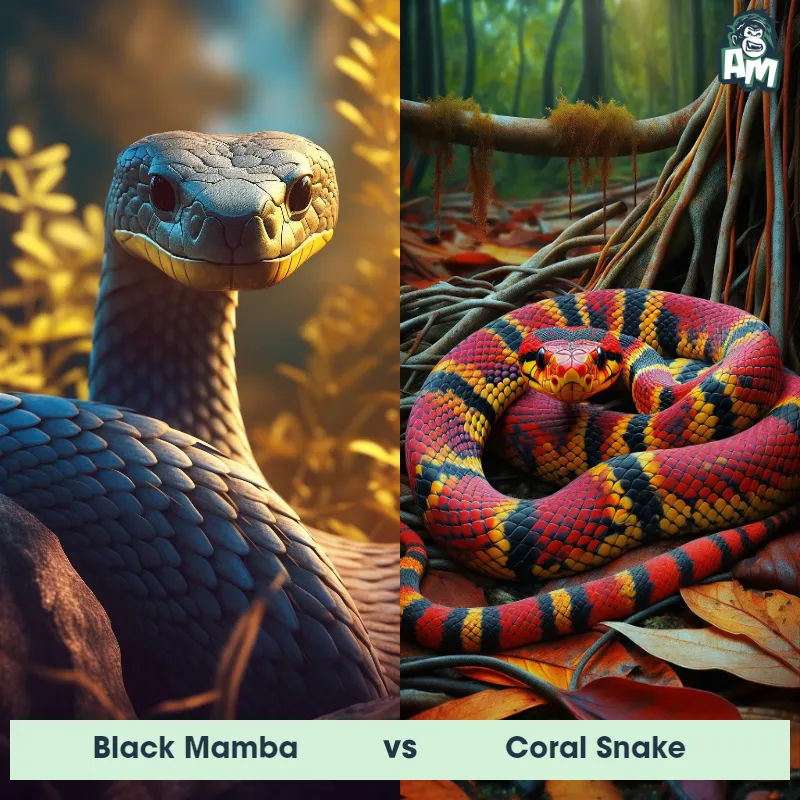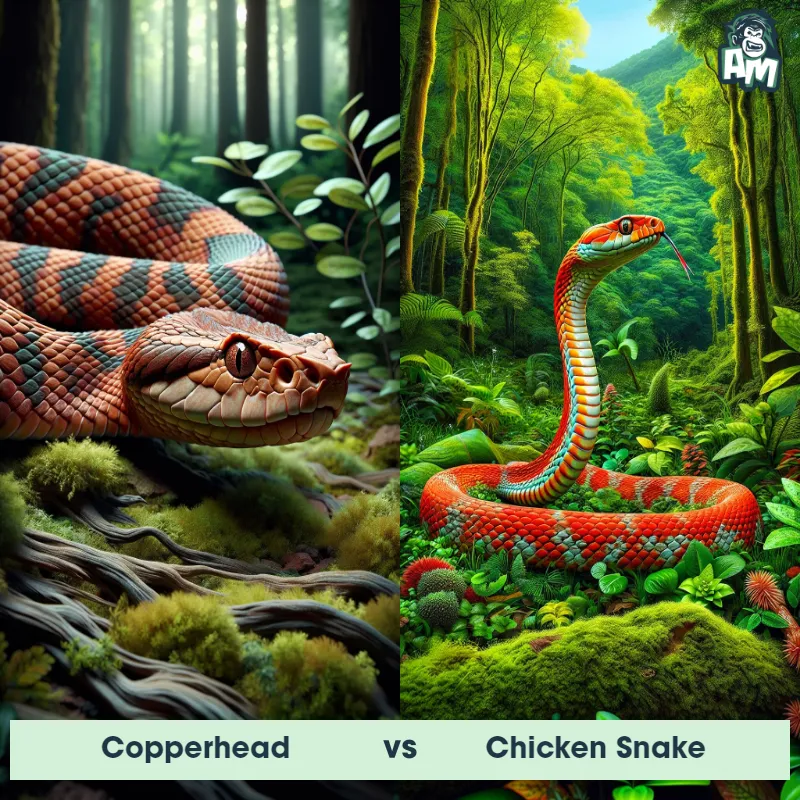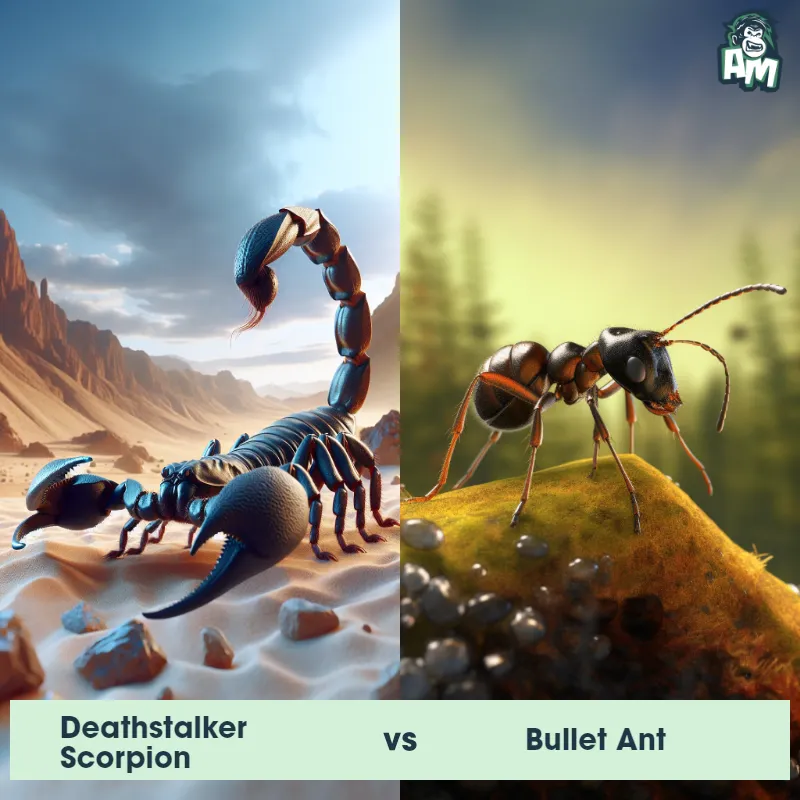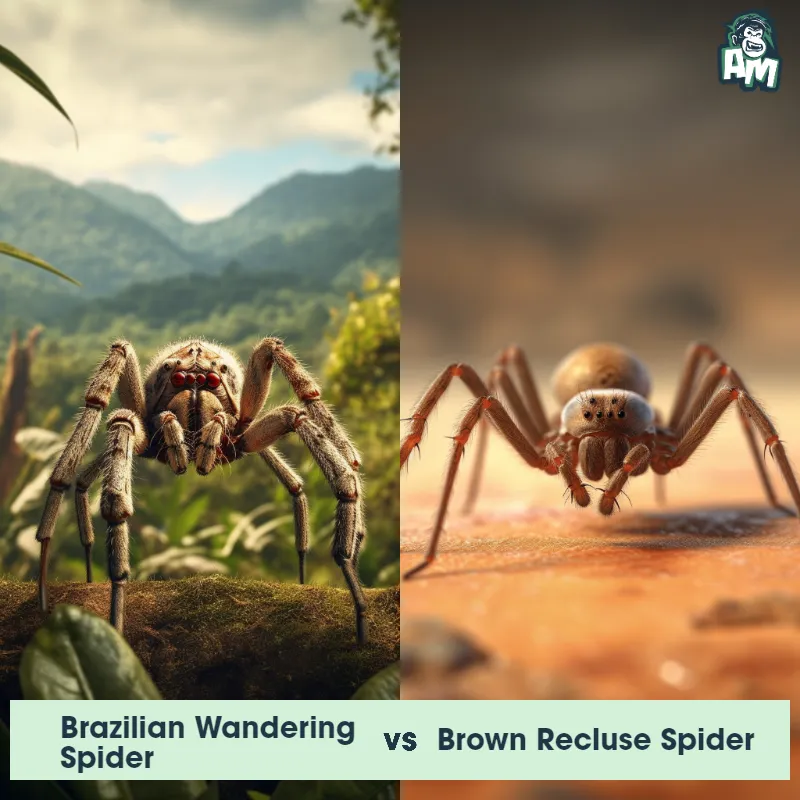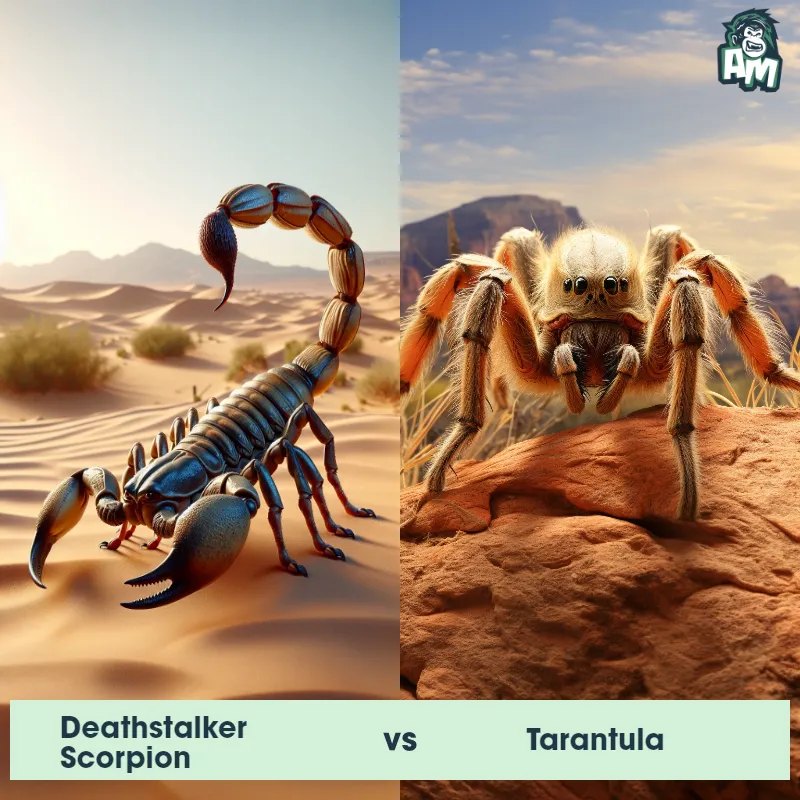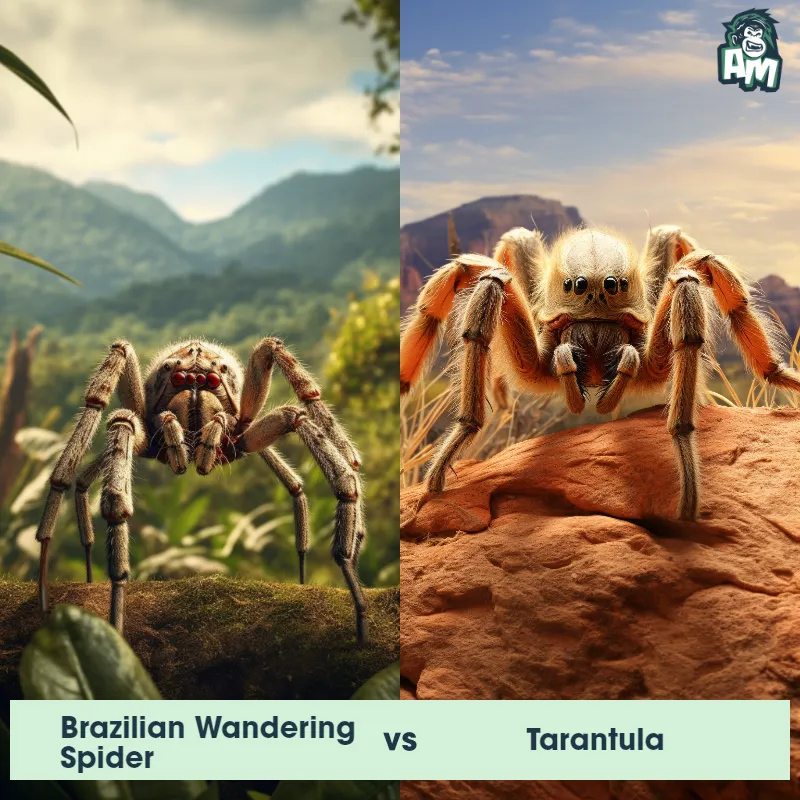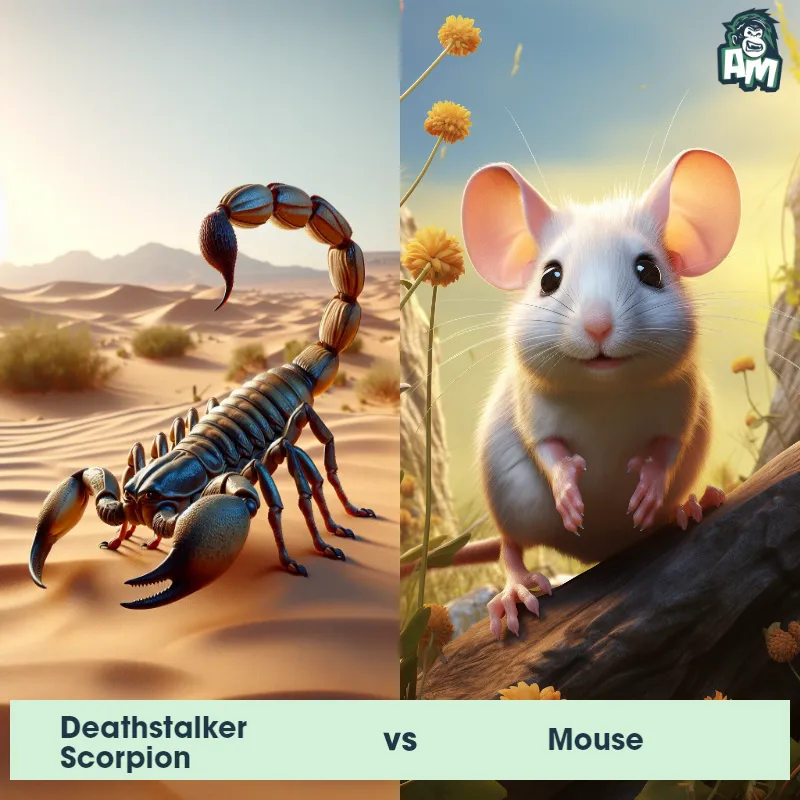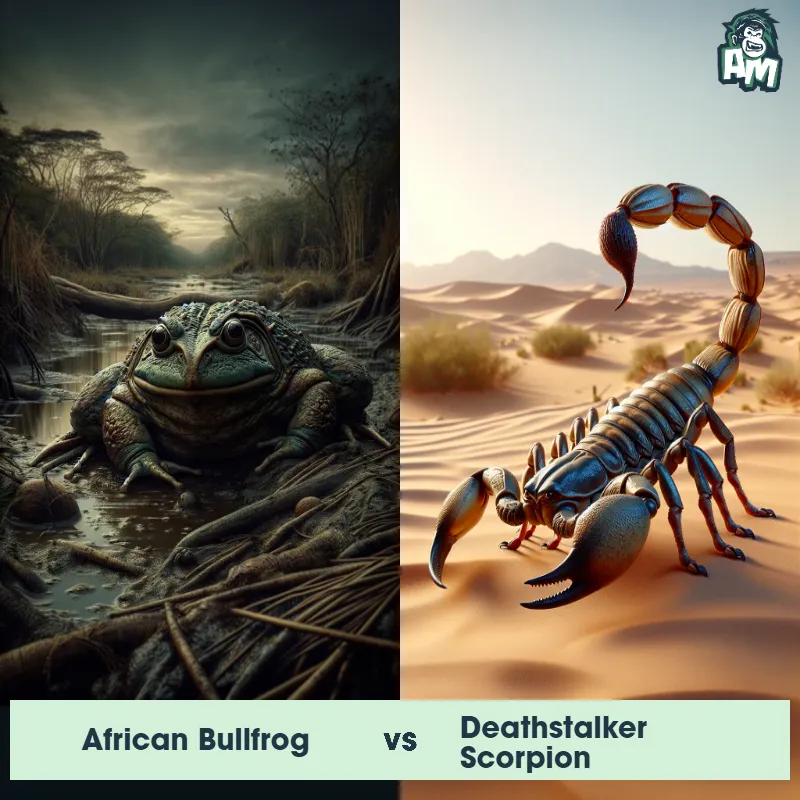Brazilian Wandering Spider vs Deathstalker ScorpionSee Who Wins

Good evening, ladies and gentlemen, and welcome to this thrilling matchup between a Brazilian Wandering Spider and a Deathstalker Scorpion! These two formidable creatures have entered the ring tonight, ready to showcase their deadly prowess. It's going to be a battle of venomous species, so buckle up as we dive into this epic confrontation!
Contender 1: Brazilian Wandering Spider
The Brazilian Wandering Spider, also known as the banana spider, is a highly venomous spider found in South and Central America. It is known for its aggressive behavior and wandering tendencies, often found in homes and gardens. The spider can grow up to 5 inches in leg span and has distinctive markings on its body, including a red spot on its abdomen. Its venom can cause paralysis and even death in humans.
Fun Fact: The Brazilian Wandering Spider is known for its unique mating ritual, where the male spider performs a dance to attract the female. If the female is not interested, she may attack and kill the male.
Contender 2: Deathstalker Scorpion
The Deathstalker Scorpion, also known as Leiurus quinquestriatus, is a highly venomous species of scorpion found in North Africa and the Middle East. It has a yellowish-brown body with a long, slender tail that ends in a venomous stinger. The Deathstalker Scorpion is known for its potent venom, which can cause severe pain, convulsions, and even death in humans.
Fun Fact: The Deathstalker Scorpion's venom is so potent that it is being studied for its potential use in cancer treatment, as it has been found to be effective in killing cancer cells.
Matchup Stats
| Brazilian Wandering Spider | Deathstalker Scorpion | |
|---|---|---|
| Size | Up to 5 inches (12.7 cm) | 3 inches (7.6 cm) |
| Weight | Up to 0.3 ounces (8.5 g) | 0.3 ounces (8.5 g) |
| Speed | Speed: 1.5 mph (2.4 km/hr) | Speed: 8 mph (12.87 km/hr) |
| Key Strength | Venomous bite | Venomous stinger |
| Biggest Weakness | Vulnerable to predators | Slow movement |
Current Votes
Brazilian Wandering Spider vs Deathstalker Scorpion
See Who Wins
View More Matches
Looking For More?
Similar Matches
Scientific Stats
| Brazilian Wandering Spider | Deathstalker Scorpion | |
|---|---|---|
| Scientific Name | Phoneutria nigriventer | Leiurus quinquestriatus |
| Family | Ctenidae | Buthidae |
| Habitat | Homes and gardens | Desert and arid regions |
| Geography | South and Central America | North Africa and the Middle East |
| Diet | Insects, small animals, and other spiders | Insects and other small animals |
| Lifespan | 1 year - 4 years | 36 months - 72 months |
Key Differences between Brazilian Wandering Spider and Deathstalker Scorpion
- Legs: Both species have eight legs, but Brazilian Wandering Spiders have relatively longer legs with dense bristles or spines, aiding in their movement, hunting, and sensing the environment. In contrast, Deathstalker Scorpions have shorter legs that are adapted for crawling on various surfaces.
- Eye arrangement: Brazilian Wandering Spiders have eight distinctive eyes arranged in two rows on their cephalothorax, with two noticeably larger front eyes, whereas the Deathstalker Scorpion possesses two rows of eyes as well, but with two larger median eyes surrounded by smaller lateral eyes.
- Color: Brazilian Wandering Spiders are known for their vibrant colors, with various species exhibiting shades of brown, black, and red, whereas Deathstalker Scorpions have a more uniform yellowish coloration, occasionally with darker markings.
- Size: The Brazilian Wandering Spider (Phoneutria) typically reaches lengths of 1 to 2 inches, while the Deathstalker Scorpion (Leiurus quinquestriatus) is relatively larger, measuring around 2 to 4 inches in length.
- Body shape: The Brazilian Wandering Spider has a robust and compact body, typically resembling that of a typical spider, with two main body segments (cephalothorax and abdomen), while the Deathstalker Scorpion possesses a distinct segmented body with a narrow and elongated metasoma (tail) that ends in a venomous stinger.
- Habitat: Brazilian Wandering Spiders are primarily found in Central and South America, inhabiting tropical forests and hiding in vegetation or debris, while Deathstalker Scorpions are native to desert regions, particularly in North Africa and the Middle East, where they burrow into the ground and seek shelter under rocks and stones.



